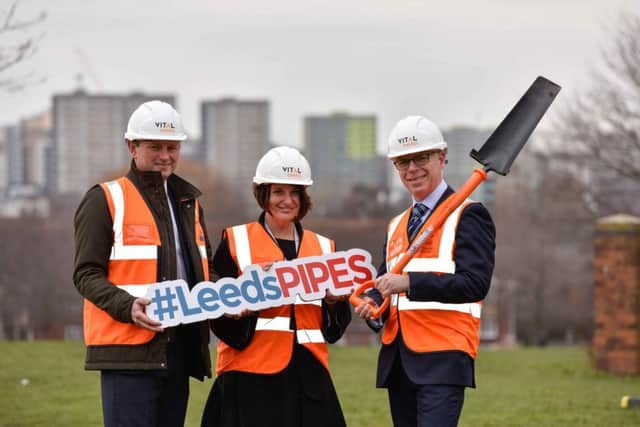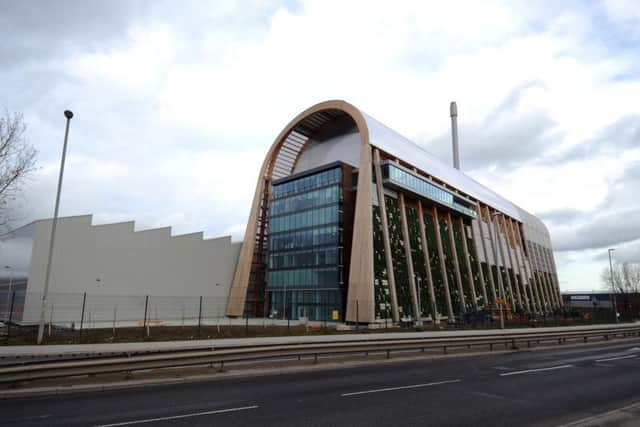Leeds '˜recycled heat' project could spark a revolution in cheap and efficient energy
and live on Freeview channel 276
That was the view in Burmantofts yesterday (March 22), where a £35m District Heating Network (DHN) - which will power almost 2,000 council homes with hot water produced at the Cross Green incinerator (known as the RERF) - was officially launched.
The network will cover 31 tower blocks, with 24 of them being converted from electric heating systems to the new “wet heating” method.
Advertisement
Hide AdAdvertisement
Hide AdOld gas boilers will be scrapped, and storage and immersion heaters will be replaced with units that will give householders much more ability to control the energy they consume.


The scheme - the first of its kind in Leeds and among only a handful in the UK - will involve the installation of 16.5km of pipework from Cross Green across the city to Burmantofts.
It is hoped the scheme will cut the city’s carbon emissions by 22,000 tonnes, thus playing a major part in the wider drive to improve the city’s air quality. And for homes powered by the DHN, it is hoped energy bills could be slashed by up to a quarter.
Councillor Lucinda Yeadon, deputy leader of Leeds City Council and executive member for environment and sustainability, explained: “Today marks a very significant day in the development of Leeds as a low-carbon city. The Leeds PIPES Network will revolutionise the way that heat and hot water is delivered around Leeds.
“This complements our work on air quality
Advertisement
Hide AdAdvertisement
Hide Ad

“Once complete, Leeds PIPES will save thousands of Leeds residents and businesses a significant amount on their energy bills every month.
“However, today is just the beginning. This phase of the heat network will connect 1,983 council homes and numerous businesses to low carbon, lower cost heat and hot water. But we have designed our network with the future in mind and this first phase of works is just the start. In the coming years I look forward to seeing the Leeds PIPES Network grow, making a real difference for the people and environment of Leeds.”
Nick Gosling, Group Sales and Strategy Director for Vital Energi, the firm building the scheme, said it was a “great example of how a heat network of this scale can be created for a major city, to recycle energy from the city’s waste recycling and energy recovery facility, and use it to bring a range of benefits to the community”.
He added: “This is all part of an important step that Leeds and other cities need to take to decarbonize heat.
Advertisement
Hide AdAdvertisement
Hide Ad

“It is an important thing for the UK Government to meet its climate act obligations.
“Leeds is very much showing the way for cities and towns across the country.”
HOW DOES IT WORK?
Hot water - powered by the RERF - is transported to homes via the underground pipe networks.


The water is circulated round in a closed loop, so there is no waste. Nick Gosling described it as “a massive central heating system”.
The technology being used is Scandinavian.
Sixty percent of homes in Denmark are connected to district heating networks, but just two per cent of homes in the UK are.
Sheffield and Nottingham already have district heating networks.